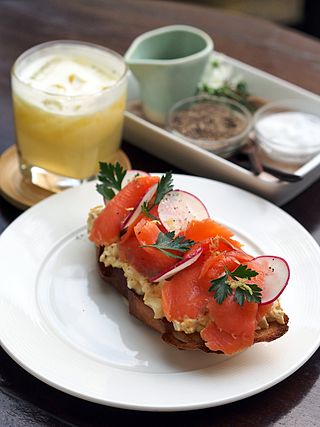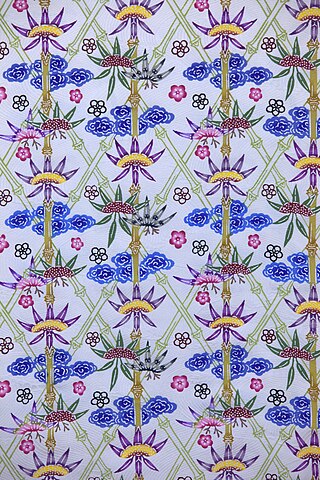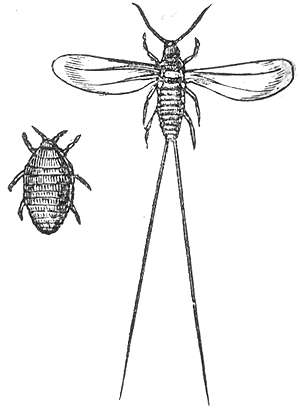
Daniel Defoe was an English novelist, journalist, merchant, pamphleteer and spy. He is most famous for his novel Robinson Crusoe, published in 1719, which is claimed to be second only to the Bible in its number of translations. He has been seen as one of the earliest proponents of the English novel, and helped to popularise the form in Britain with others such as Aphra Behn and Samuel Richardson. Defoe wrote many political tracts, was often in trouble with the authorities, and spent a period in prison. Intellectuals and political leaders paid attention to his fresh ideas and sometimes consulted him.

A merchant is a person who trades in commodities produced by other people, especially one who trades with foreign countries. Merchants have been known for as long as humans have engaged in trade and commerce. Merchants and merchant networks operated in ancient Babylonia, Assyria, China, Egypt, Greece, India, Persia, Phoenicia and Rome. During the European medieval period, a rapid expansion in trade and commerce led to the rise of a wealthy and powerful merchant class. The European Age of Discovery opened up new trading routes and gave European consumers access to a much broader range of goods. By the 18th century, a new type of manufacturer-merchant had started to emerge and modern business practices were becoming evident.

Salting is the preservation of food with dry edible salt. It is related to pickling in general and more specifically to brining also known as fermenting and is one form of curing. It is one of the oldest methods of preserving food, and two historically significant salt-cured foods are salted fish and salt-cured meat. Vegetables such as runner beans and cabbage are also often preserved in this manner.

Smoked salmon is a preparation of salmon, typically a fillet that has been cured and hot or cold smoked.

Biltong is a form of air-dried, cured meat which originated in South Africa, and from there spread to other Southern African countries --. Various types of meat are used to produce it, ranging from beef to game meats such as ostrich or kudu. The cut may also vary being either fillets of meat cut into strips following the grain of the muscle, or flat pieces sliced across the grain. It is related to beef jerky, as both are spiced, dried meats; however, the typical ingredients, taste, and production processes may differ. Biltong is air-dried, which gives it a unique texture and taste, whereas jerky is heated to at least 160F.
Carmine – also called cochineal, cochineal extract, crimson lake, or carmine lake – is a pigment of a bright-red color obtained from the aluminium complex derived from carminic acid. Specific code names for the pigment include natural red 4, C.I. 75470, or E120. Carmine is also a general term for a particularly deep-red color.

Stockfish is unsalted fish, especially cod, dried by cold air and wind on wooden racks on the foreshore. The drying of food is the world's oldest known preservation method, and dried fish has a storage life of several years. The method is cheap and effective in suitable climates; the work can be done by the fisherman and family, and the resulting product is easily transported to market.
Norwegian cuisine in its traditional form is based largely on the raw materials readily available in Norway. It differs in many respects from continental cuisine with a stronger focus on game and fish. Many of the traditional dishes are the result of using conserved materials because of the long winters.

Bingata is a traditional stencilled resist dyeing technique originating in Okinawa Prefecture. Bingata typically features a busy pattern of repeating nature motifs such as fish, flowers and fauna in a number of bright colours. Bingata is worn during traditional Ryukyuan festivals and traditional arts performances.
Belizean Creoles, also known as Kriols, are a Creole ethnic group native to Belize.

Fresh fish rapidly deteriorates unless some way can be found to preserve it. Drying is a method of food preservation that works by removing water from the food, which inhibits the growth of microorganisms. Open air drying using sun and wind has been practiced since ancient times to preserve food. Water is usually removed by evaporation but, in the case of freeze-drying, food is first frozen and then the water is removed by sublimation. Bacteria, yeasts and molds need the water in the food to grow, and drying effectively prevents them from surviving in the food.

Byzantine cuisine was the continuation of local ancient Greek cuisine, ancient Roman cuisine, and Mediterranean cuisine. Byzantine trading with foreigners brought in grains, sugar, livestock, fruits, vegetables, and spices that would otherwise be limited to specific geographical climates.

Curing is any of various food preservation and flavoring processes of foods such as meat, fish and vegetables, by the addition of salt, with the aim of drawing moisture out of the food by the process of osmosis. Because curing increases the solute concentration in the food and hence decreases its water potential, the food becomes inhospitable for the microbe growth that causes food spoilage. Curing can be traced back to antiquity, and was the primary method of preserving meat and fish until the late 19th century. Dehydration was the earliest form of food curing. Many curing processes also involve smoking, spicing, cooking, or the addition of combinations of sugar, nitrate, and nitrite.

Polish cochineal, also known as Polish carmine scales, is a scale insect formerly used to produce a crimson dye of the same name, colloquially known as "Saint John's blood". The larvae of P. polonica are sessile parasites living on the roots of various herbs – especially those of the perennial knawel – growing on the sandy soils of Central Europe and other parts of Eurasia. Before the development of aniline, alizarin, and other synthetic dyes, the insect was of great economic importance, although its use was in decline after the introduction of Mexican cochineal to Europe in the 16th century. Historically earlier was used Armenian cochineal scale insect, Porphyrophora hamelii, which is in a same taxonomic family Porphyrophora of the Polish cochineal and in different taxonomic family from cochineal found in the Americas.

Bokkoms is whole, salted and dried mullet, and is a well-known delicacy from the West Coast region of South Africa. This salted fish is dried in the sun and wind and is eaten after peeling off the skin. In some cases it is also smoked. It is sometimes referred to as "fish biltong".

The cochineal is a scale insect in the suborder Sternorrhyncha, from which the natural dye carmine is derived. A primarily sessile parasite native to tropical and subtropical South America through North America, this insect lives on cacti in the genus Opuntia, feeding on plant moisture and nutrients. The insects are found on the pads of prickly pear cacti, collected by brushing them off the plants, and dried.

Natural dyes are dyes or colorants derived from plants, invertebrates, or minerals. The majority of natural dyes are vegetable dyes from plant sources—roots, berries, bark, leaves, and wood—and other biological sources such as fungi.

Dyeing is the craft of imparting colors to textiles in loose fiber, yarn, cloth or garment form by treatment with a dye. Archaeologists have found evidence of textile dyeing with natural dyes dating back to the Neolithic period. In China, dyeing with plants, barks and insects has been traced back more than 5,000 years. Natural insect dyes such as Tyrian purple and kermes and plant-based dyes such as woad, indigo and madder were important elements of the economies of Asia and Europe until the discovery of man-made synthetic dyes in the mid-19th century. Synthetic dyes quickly superseded natural dyes for the large-scale commercial textile production enabled by the Industrial Revolution, but natural dyes remained in use by traditional cultures around the world.

The Armenian cochineal, also known as the Ararat cochineal or Ararat scale, is a scale insect indigenous to the Ararat plain and Aras (Araks) River valley in the Armenian Highlands, including East of Turkey. It was formerly used to produce an eponymous crimson carmine dyestuff known in Armenia as vordan karmir and historically in Persia as kirmiz. The species is critically endangered within Armenia.

Shark meat is a seafood consisting of the flesh of sharks. Several sharks are fished for human consumption, such as porbeagles, shortfin mako shark, requiem shark, and thresher shark, among others. Shark meat is popular in Asia, where it is often consumed dried, smoked, or salted. Shark meat is consumed regularly in Iceland, Japan, Australia, parts of India, parts of Canada, Sri Lanka, areas of Africa, Mexico and Yemen.
















